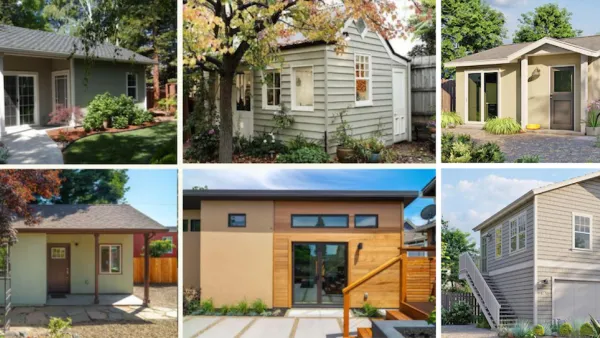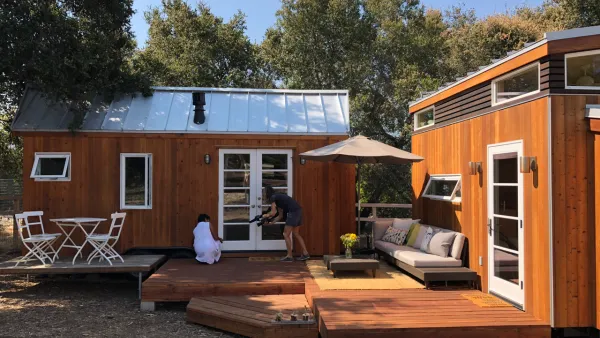The state recently legalized accessory dwelling units in residential districts, but there’s more state lawmakers can do to reduce other hurdles to large-scale ADU production.

An analysis from the Niskanen Cetner by George Ashford, Andrew Justus, Alex Armlovich reveals lessons for Hawaii based on California’s legalization of accessory dwelling units (ADUs), which Hawaii legalized earlier this year.
More states and cities are encouraging the construction of ADUs as one way to boost the housing supply, gently increase density in residential areas, and offer an avenue for homeowners to earn extra income. In Hawaii, SB3203 requires the creation of new zoning districts that permit at least two ADUs on single-family lots.
“Unlike in California, where pro-housing legislators have spent nearly a decade easing ADU restrictions, Hawaii law allows local governments to set restrictive development standards for ADUs. This is not uncommon; most states making their first effort to allow ADUs leave exploitable loopholes, which result in underwhelming initial outcomes.” The authors suggest that Hawaii should follow California’s lead to ensure that local governments don’t impose undue burdens on potential ADU builders.
The article highlights California’s successes, noting that “California saw nearly 28,000 ADU permits in 2023, constituting 21% of total housing permits for that year.” To address restrictions that hold back ADU development like minimum lot sizes, floor-area ratio, street frontage, and setback requirements, California passed a ‘statewide exemption ADU’ that sets standards for ADUs that override local regulations. “In other words, it requires local governments to waive requirements that would make a reasonably sized ADU infeasible.”
The analysis addresses other hurdles including unnecessary fees, parking requirements, and owner-occupancy requirements, which can also limit the effectiveness of ADU legalization. To further streamline the development process, California also requires cities to create a set of pre-approved building plans that homeowners can choose from to avoid lengthy permitting processes. This type of policy can both reduce costs for homeowners and let cities have more influence over aesthetics and design.
FULL STORY: What Hawaii can learn from California’s long and bumpy road to ADU stardom

Analysis: Cybertruck Fatality Rate Far Exceeds That of Ford Pinto
The Tesla Cybertruck was recalled seven times last year.

National Parks Layoffs Will Cause Communities to Lose Billions
Thousands of essential park workers were laid off this week, just before the busy spring break season.

Retro-silient?: America’s First “Eco-burb,” The Woodlands Turns 50
A master-planned community north of Houston offers lessons on green infrastructure and resilient design, but falls short of its founder’s lofty affordability and walkability goals.

Test News Post 1
This is a summary

Analysis: Cybertruck Fatality Rate Far Exceeds That of Ford Pinto
The Tesla Cybertruck was recalled seven times last year.

Test News Headline 46
Test for the image on the front page.
Urban Design for Planners 1: Software Tools
This six-course series explores essential urban design concepts using open source software and equips planners with the tools they need to participate fully in the urban design process.
Planning for Universal Design
Learn the tools for implementing Universal Design in planning regulations.
EMC Planning Group, Inc.
Planetizen
Planetizen
Mpact (formerly Rail~Volution)
Great Falls Development Authority, Inc.
HUDs Office of Policy Development and Research
NYU Wagner Graduate School of Public Service




























